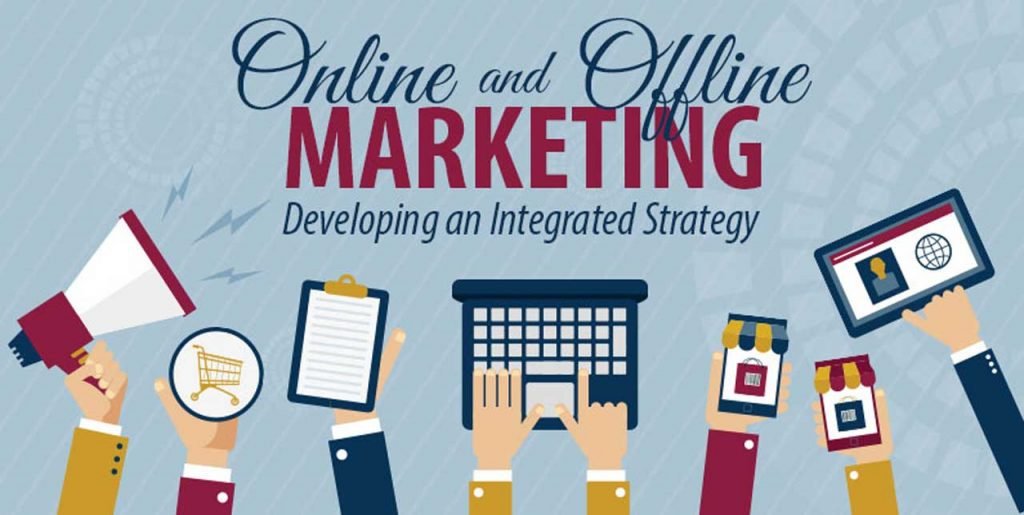Running a business is a challenge of its own. You must have heard many digital gurus talk about why every company should focus on digital marketing. However, various offline marketing strategies such as print ads, TV, radio, trade shows, and leaflet distribution can also effectively promote your business.
Hence, it makes no sense for any business not to leverage the power of offline marketing along with their online marketing campaigns.
As a business owner, you need to find the best strategies to promote your business, and offline marketing can be the solution for you. If used correctly, offline marketing can be an excellent approach for your business.
To help you understand its benefits, here are seven advantages of offline marketing that every business owner must know. Let’s take a look at them.
-
Offline marketing pushes your online presence too
It may sound unbelievable, but offline marketing can effectively drive traffic to your online channels. If you use your offline channels effectively, you can substantially improve your online presence.
Printing your brand identities, social media handles, or website URL on your merchandise and marketing material will help drive traffic, not only to your business, but also to your social media channels and website.

-
The marketing designs and templates are reusable
The beauty of offline marketing is that you can reuse your marketing material like pamphlets, business cards, flyers again for multiple campaigns.
You can save the money that otherwise would be spent on running numerous ads on various online platforms where you have to pay for each new impression or user interaction.
You can reuse the same design and templates for printing more posters and leaflets in the future. You don’t have to spend time and money on designing brand new posters every time.
-
Various options to choose from
Businesses have been using offline marketing methods for decades. They are still used because they work. Common offline marketing methods include billboards, TV, radio, print media, pamphlet, flyers, leaflet distribution, and many more. These methods work more effectively if you have better insights into your customer segment.
For example, a FinTech startup can get a lot of brand awareness, high-quality leads, and a stronger brand image by advertising in financial newspapers, magazines and participating in FinTech expos, and distributing leaflets or flyers to the attendees.
-
Prospects get tangible collateral
When you give anyone a business card, they are more likely to hold onto it for future use. It contains your contact number, email, social media handle, company name, business address, and website URL in one place, which isn’t the case with smartphone contacts.
The classifieds print ads are one more such example. People looking for job opportunities can cut out the paper pieces from the classified section of the newspaper, which means they carry your brand identities with them.
-
Stronger brand recall value
A person is more likely to remember watching a roadside billboard while driving to work than a popup notification on the smartphone. Offline marketing helps to improve the brand recall value of your company. With the right strategies and goals in mind, you can get excellent results with offline marketing.
-
Stronger relationships with customers and business partners
Offline marketing methods such as personal meetings, flyer distribution, and business expos enable brands to effectively reach local consumers.
Your business representative can help you communicate directly with potential customers, which could improve the possibility of converting the leads into customers.
-
It gives an edge over your competitors
Not many businesses understand the importance and effectiveness of offline marketing. Suppose you start following the best offline marketing strategies for your business. In that case, your business can reap the benefits of using both online and offline marketing strategies while your competitors only go for online advertising.
If you are a business owner, you should always be open to trying different marketing avenues to maximize reach, brand recognition, sales, and revenues.

